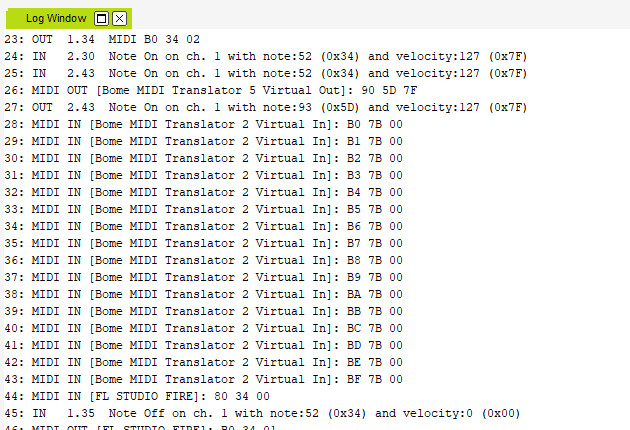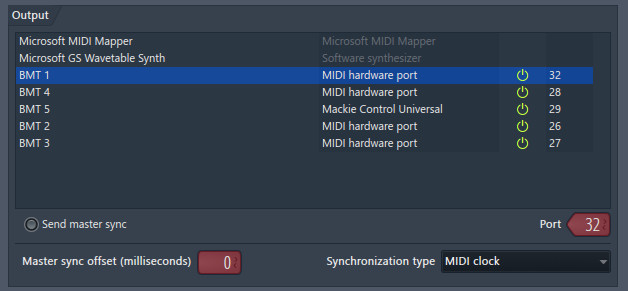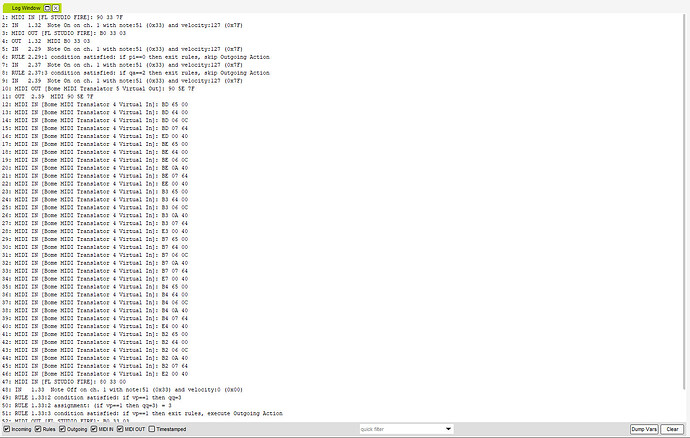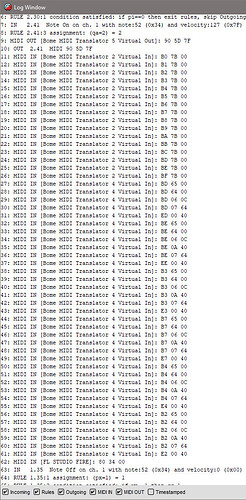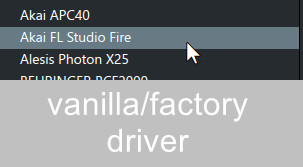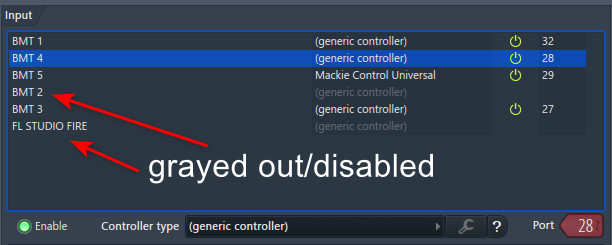It was pretty clever of you to count the number of messages. When you counted 16, that tells us multiples of 8 might have something to do with an omni channel strategy.
But the first example was incoming on Port 2.
This example is my stop and play buttons coming in on Port 4 (Now that I think of it, it might not be MCU at all, as that has to be Port 5).
The Play button looks like this:
The Play button has 34 extra incoming messages (not a multiple of 16). As you can see some of them aren’t “note off” either. The manual noting that “Cut playing notes on transport stop” can’t be this because it’s the play button, not the stop button (but it’s possible for Play to cut notes too; to avoid overlapping sounds, but then the manual is written wrong there.)
The Stop button sends back differently. It sends 50 extra incoming messages.
I have a total of 6 MIDI Out plugins in my project. If they all sent on the transport message, that would be 96 incoming messages, if we go by each MIDI Out sends 16 messages. Neither play or stop is adding up with what’s being sent to me.
In the MIDI Out plugin I can toggle off (disable) sending note parameters. Pan, Vol, Pitch
(The right click menu is only for the reset command; don’t know why I put that in the pic)
Did that and it didn’t do anything about these extra messages. Although I would still want it to send “volume” (guess they mean velocity?) as MTP needs to know that info to decide on the color each pad will be. (as per that formula you helped me with before). Just checked and it’s still sending the velocity parameter even though I disabled them. Wow.
Muting the MIDI Out plugins do stop the light feedback on the controller but not the extra messages. (I tested with muting all of them). The extra messages don’t come in every time I press the button either. It’s about every 3 out of 4 times or so. I don’t know, maybe something else is going on here. I will keep working on it.
I know that I’m spending a lot of work on this little problem but unnecessary computer nonsense like this really bugs me. As much as 34 superfluous messages for play and 50 more for stop is unreasonable.
